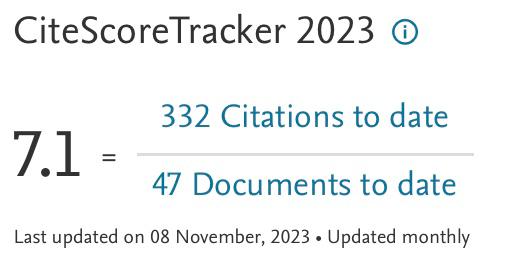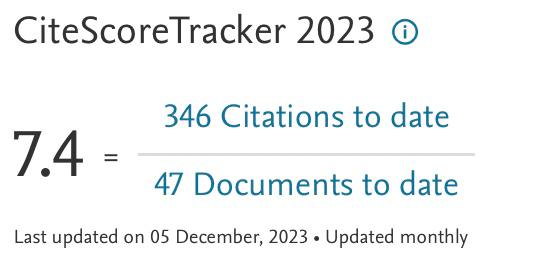Analysis of Heat Distribution Processes and Casting Defects Supports 2D Direct Pouring using CFDs
DOI:
https://doi.org/10.37934/arnht.25.1.1324Keywords:
Simulation, Ansys CFD, Casting, Bolster, AnalysisAbstract
Bolster and bogie frame of a train constitute a unified wheel system in both locomotives and non-locomotive cars. The bolster serves as the support for the bogie against the car body. Generally, both the bolster and bogie frame are made of steel construction with AAR Grade B+ cast material, which is categorized as medium carbon steel. In the casting of the bolster, despite hollow molds being made to the exact shape of the final product, often there are occurrences of hollow spots or imperfect shapes due to the challenging control of the cooling and solidification processes. This is caused by improper placement of mold venting channels. This study investigates the process of filling molten metal into the mold, the flow of molten metal, and the solidification process. The research utilizes ANSYS simulation software. The casting simulation method using ANSYS includes the following processes: Pre-Processing, Processing Stage, and Post-Processing. Pre-processing involves the creation of geometries, meshing, determination of parameters, and fluid property determination. The geometry model used is 2D. The Processing Stage includes setting general parameters, model determination, and defining material properties. Post-processing involves presenting and analyzing the obtained results. It can be concluded that the temperature distribution during the casting process to cooling generates a pattern where thicker sections have the highest temperature. Direct pouring gating systems tend to be vulnerable to porosity or hole defects in products because the molten metal comes into direct contact with the mold and it's difficult to control the solidification process.
Downloads


























